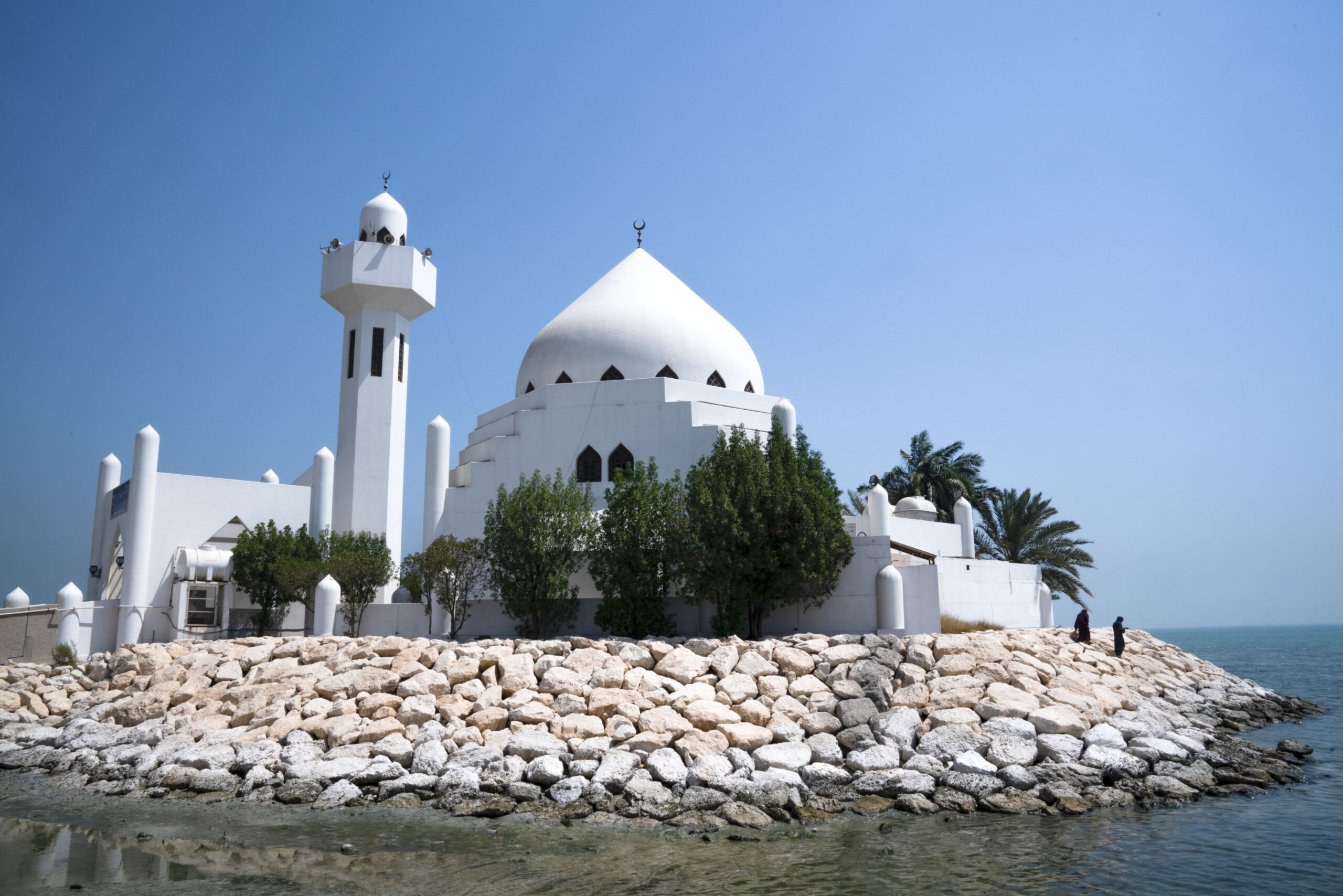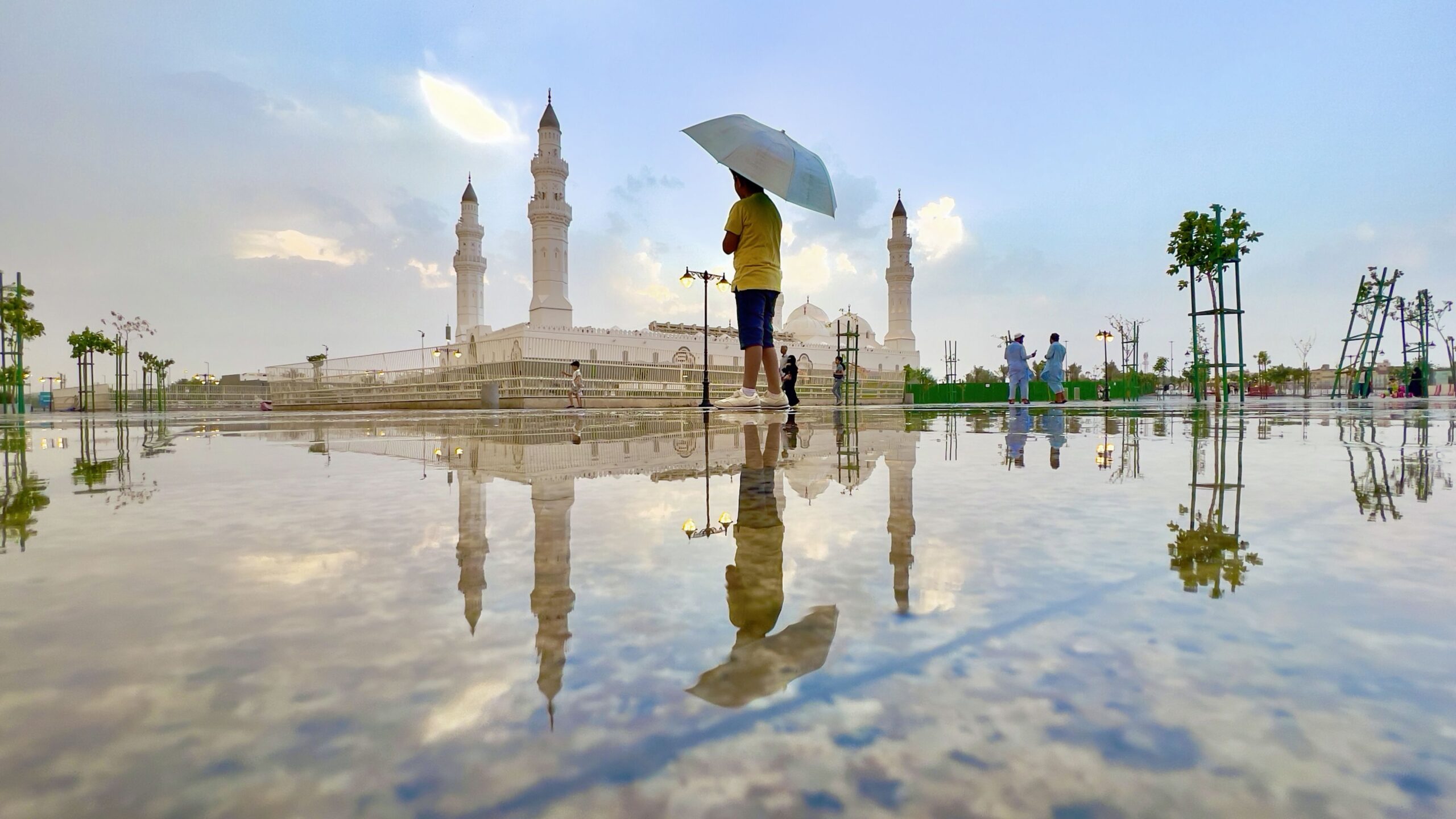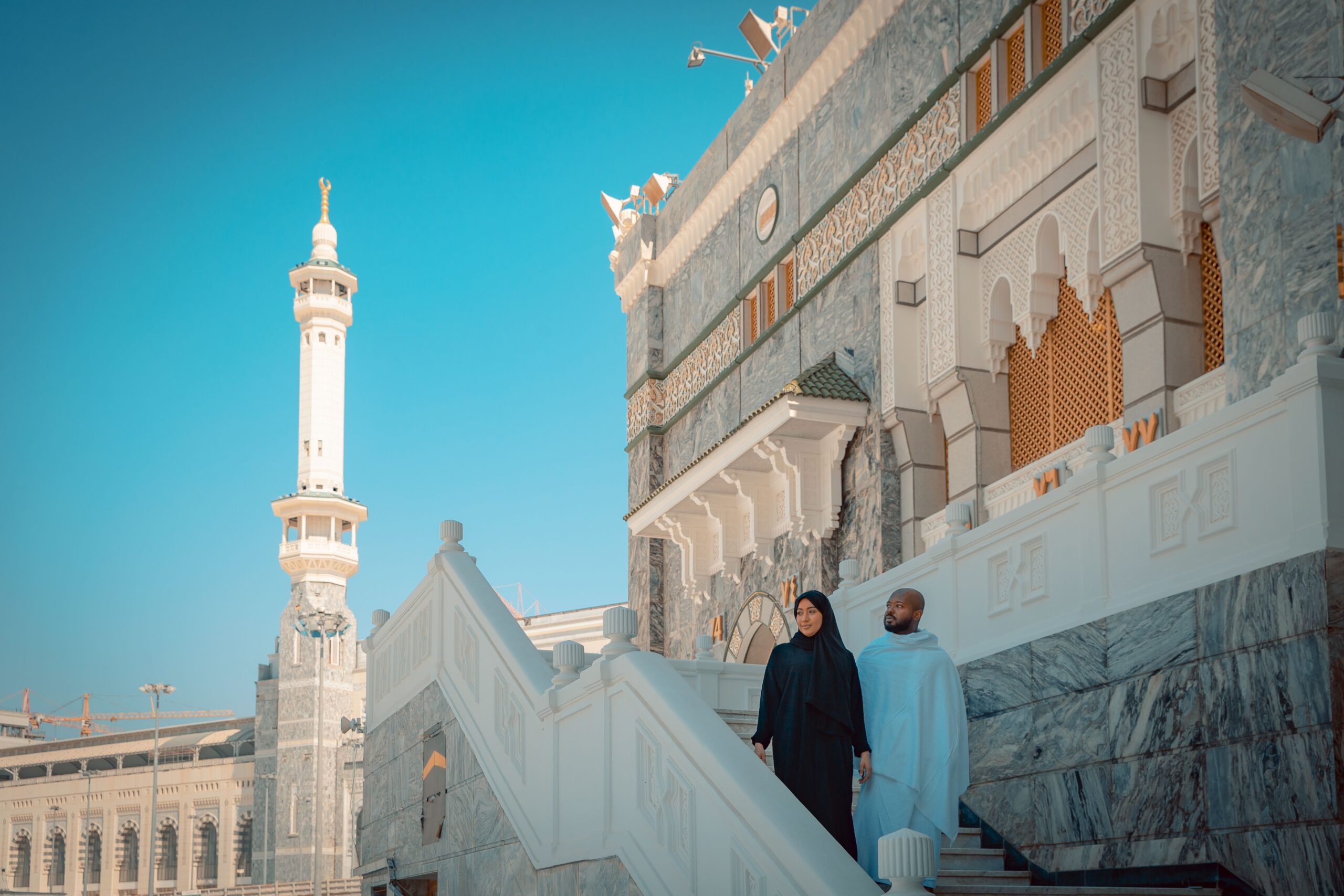
PRACTICAL GUIDE
How to navigate Ramadan as a non-Muslim in Saudi
Ramadan is a month of religious significance for Muslims. But navigating Ramadan as a non-Muslim in Saudi can be an enlightening and spiritual experience, too.
Words by Shaistha Khan
Ramadan is the ninth month of the Islamic calendar (following the lunar calendar) and arrives 11 days earlier each year. In 2024, it is expected to be from March 11 to April 9. Muslims believe the holy Quran was first revealed to Prophet Muhammad during the month of Ramadan in 610 CE in Mecca.
Fasting is one of the five tenants of Islam and is mandatory upon any Muslim of age (with exemptions to health conditions and travellers). For 30 days during Ramadan, Muslims fast from sunrise to sunset, refraining from food, water, foul language and deeds, and sexual relations. The purpose of fasting is self-restraint and satiating the soul with the remembrance of God versus worldly pleasures.
The fast starts before daybreak after suhoor, a substantive meal that is meant to keep one full through eight hours (or longer) of fasting, like rice or porridge. The fasting period ends at sunset with the iftar meal. Following the practice of the Prophet, Muslims open their fast with dates, and water, laban (a yogurt drink) or Saudi coffee. Some might prefer light bites like soup, sambusak (samosa), and fruits, while others prefer to have a complete dinner meal at iftar.

Muslims believe the reward for good deeds is multiplied during Ramadan, and there is a greater drive to increase prayers and supplication. The last prayer of the day, Isha is longer in Ramadan as it includes Taraweeh (a non-obligatory congregational prayer). The last ten days of the month are particularly sacred, and there are additional Qiyam ul-Layl prayers that start in the last one-third of the night (around 2am). While traditions vary from country to country, Ramadan in Saudi takes on a relaxed and festive atmosphere.
Operating hours are shortened during daylight hours; most public and private sector companies work for five to six hours during Ramadan. Normal appointments will change to taking place during the night. It is not unusual to see locals going to the dentist at 1am! Restaurants, shopping malls, and stores often open around midday and stay open longer into the night. Closer to Eid some shopping malls open from around 5am so that people can shop for Eid presents having just eaten their suhoor meal. Be sure to check opening times ahead of your visit.

You should not eat, drink or smoke in public during Ramadan. Hotels will serve food in the privacy of your own room for those not fasting. All restaurants are shut at lunchtime, while supermarkets remain open so you can still buy food, but not consume it in public. There are extra-large displays of foods popular in Ramadan such as kunafa with a massive selection of toppings from fresh fruit to chocolate sauce to mini-Mars bars. The triangular samosas are also present in big numbers with huge displays offering a wide selection. Being time consuming to make, it’s a popular alternative to buy readymade from the supermarket.
It’s always a good idea to respect local customs, but particularly so during the holy month. Do not offend local sensibilities by using offensive language or actions. In public spaces, be sure to dress modestly, covering your knees and shoulders. Social and leisurely activities start after Iftar and go on late into the night. Gargee’an is another regional tradition – celebrated halfway through the month – where children dress up, sing folkloric songs, and collect sweets from their neighbours. You’ll find malls and shopping areas to be jampacked and increased traffic on roads. Be aware of reckless drivers and temperaments, and practice defensive driving habits.
While Ramadan holds religious significance for Muslims in the country, it can also serve as a festive and joyous period for anyone visiting, irrespective of their faith. Communal gatherings and hospitality are a big part of Saudi culture, and even more so during Ramadan. If you’re invited to a Saudi home, you don’t have to fast yourself. But observe your hosts, eat when they do, and always eat or drink with your right hand.

Ramadan is the time for huge festivals, along with cultural and shopping events. Traditional areas like Al Balad, the old town in Jeddah come alive with stalls, activities, displays, music and much food. Every night during the holy month there’s a buzz in the air as people take much joy in celebrating together.
Alternatively, and a more recent fixture in Saudi’s social scene are Iftar and Suhoor “tents” – lavish, all-you-can-eat buffet offered by restaurants. For a more modest affair, male members can head to the largest mosque in their locality, where locals take turns sponsoring communal Iftars for everyone. It’s also commonplace for volunteers to offer food to drivers on the road, who may be cutting it close to Iftar time. Roads are very busy the couple of hours leading up to iftar as people do their last-minute shopping or travel to iftar in a friend’s house. Reversely they are very quiet during iftar itself. Around 2 hours later they are hectic again and remain so throughout the night. Cafes come alive unlike any other time of the year, staying open all night long.
Eid ul-Fitr marks the end of Ramadan. When the crescent moon is sighted and Eid is declared, the country celebrates for three days. All businesses may close or have limited hours. On the first day of Eid, Saudis attend the morning Eid prayer, host a family lunch in the afternoon, and visit other family members in the evening. The next two days are usually reserved for socializing and outings. If you’ve been invited to an Eid lunch or dinner, you can take along a gift or dessert for your host (although, not expected). The customary greeting is “Kullu ‘Am Wa Antum Bikhair,” meaning “I wish you blessings throughout the year.” However, an ‘Eid Mubarak” greeting will also suffice.
Practical information

Visas
It’s surprisingly simple and easy to get an e-Visa for Saudi and the process is very similar to applying for an ESTA for the USA. Over 50 nationalities are eligible to apply for an e-Visa, including people from the UK and USA, with it costing (at the time of writing) 535 Saudi riyals (about £115 or US$143). Applications are swift and nearly all applicants will receive a response within three working days – most within 24 hours. To apply for your Saudi e-Visa, visit the official Saudi Tourism Authority website. If you’re from the USA, UK or the Schengen Area, you can also apply for a visa on arrival into Saudi. It’s slightly cheaper than an e-Visa, too, at SAR480 (about £102 or US$128).

Getting there & around

Local customs
To really embrace Saudi life and pay respect towards its traditions, there are a few local customs you should abide when travelling around the country. Both men and women should wear clothing that covers their elbows and below their knees when out in public. If you’re heading to the coast, it’s still expected you dress modestly. When meeting and greeting locals, whether it’s a market stallholder or a private guide, say hello with ‘salam alaykum’, which means ‘peace be upon you’, as well as offering a handshake.

Weather
You might think it’s hot all year round in Saudi but it’s a little more nuanced than that. The best time to visit Riyadh is between October and March, when temperatures can dip as low as 20°C during the daytime and rarely exceed 30°C. Summer months in Riyadh can get extremely hot, with temperatures often above 40°C between June and September.
Is English spoken in Saudi?
Arabic is the official national language but English is widely spoken.
What is the currency of Saudi?
The currency of Saudi is the riyal, with the current rate (at the time of writing), around SAR4.76 to the UK£. You’ll need to pre-order money before you travel, as in the UK it’s not usually stocked in currency exchange booths.
What’s it like travelling in Saudi as a female?
We think you’d be surprised! To find out more, read our first-hand account on what it’s like to travel in Saudi.
What’s the time difference in Saudi?
Saudi follows Arabia Standard Time (GMT +3) all year round.



